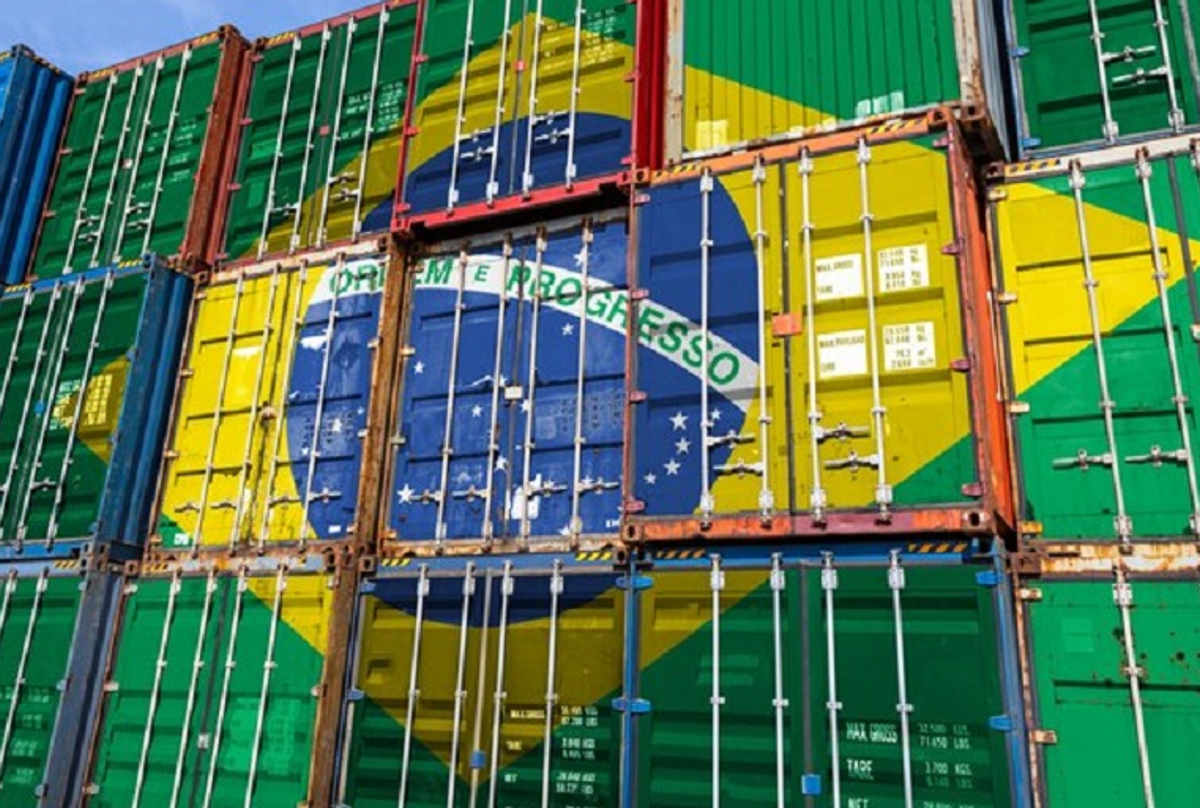Prices

August 17, 2014
AISI, AAPC and NCTO Leaders Discuss Currency Manipulation
Written by Sandy Williams
American Iron and Steel Insitute (AISI) President and CEO Thomas J. Gibson spoke about currency manipulation at a press conference at the City Club in Cleveland, Ohio on Thursday.
American steel producers are “under attack from surging imports benefitting from unfair trade practices—like currency manipulation,” said Gibson.
Gibson was joined by former Missouri Governor Matt Blunt, President – American Automotive Policy Council and Augustine Tantillo, President – National Council of Textile Organizations, in calling for “strong and enforceable currency manipulation disciplines in all future trade agreements, including the Trans-Pacific Partnership (TPP).”
TPP countries, such as China and Vietnam, have a history of intentionally devaluating their currency to promote exports and to block imports into their markets, said the group.
“Currency manipulation is in effect a subsidy, which can put American manufacturers at an unfair disadvantage in the global marketplace,” said Gibson
He went on to cite an Economic Policy Institute study that said eliminating currency manipulation would reduce the US trade deficit by as much as $500 billion in three years, increase the GDP and create as many as 5.8 million jobs—forty percent of which would be in manufacturing.
“The American auto industry is the leading U.S. export industry and proudly supports free trade. But for the American auto industry to support TPP, the agreement must include strong and enforceable currency disciplines. This is essential in order to create a level playing field for American businesses and American workers and to ensure other markets are truly open for our exports,” said Blunt.
“Currency manipulation affects all U.S. manufacturing,” said Tantillo, “and as a result we need a bipartisan solution that involves both the Legislative and Executive Branches of our government.”
The group will be holding events on this topic in North Carolina and South Carolina next week.







